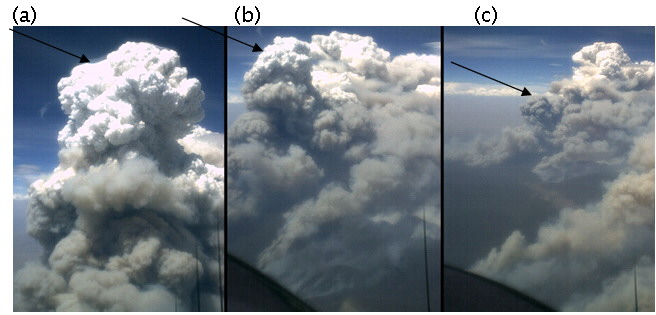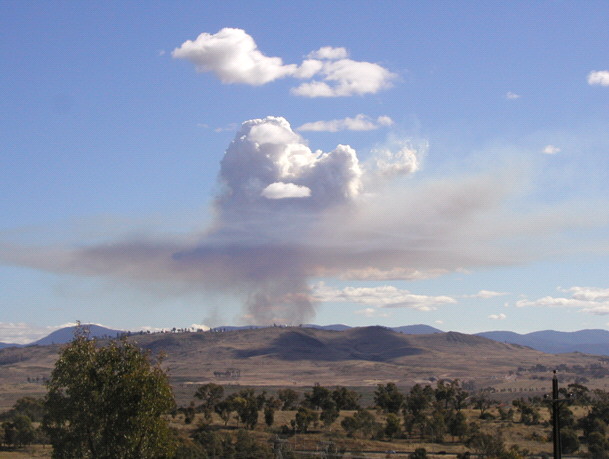 Event (15) Cloud in convection column collapses.
Event (15) Cloud in convection column collapses. Event (15) Cloud in convection column collapses.
Event (15) Cloud in convection column collapses.

| Phenomenon | Urgency | Indicated Red Flag Warning |
| Deep Flaming Zone | ? | 2) Conditions Conducive to Plume-Driven Fire |
| Wind Change at Fire | ? | 5) Wind Change |
| Previous event page | Event List | Next event page |